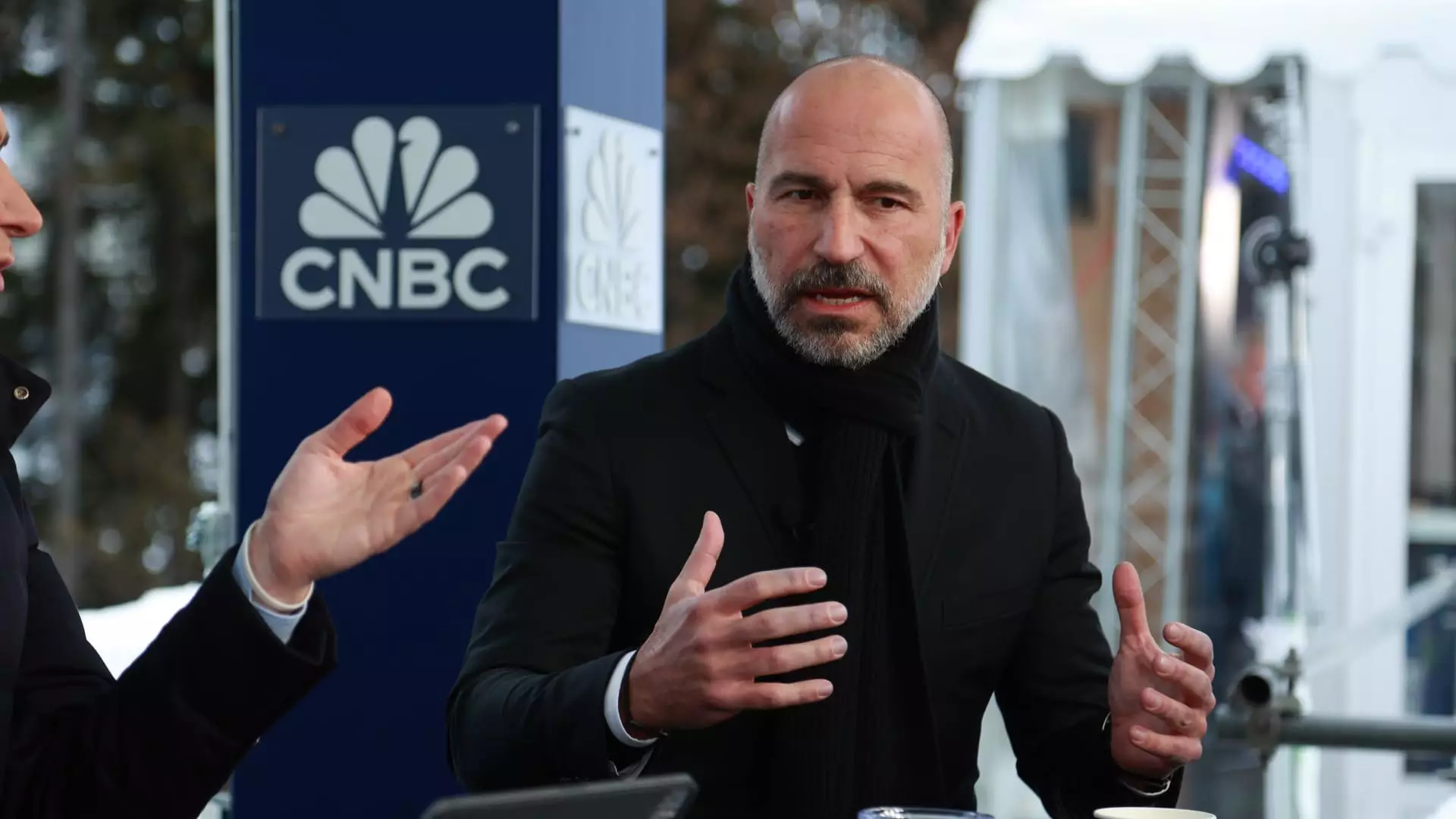Uber recently released its second-quarter earnings report, exceeding Wall Street estimates. The company reported earnings per share of 47 cents, surpassing the expected 31 cents. Additionally, Uber’s revenue reached $10.7 billion, beating analysts’ expectations of $10.57 billion. This strong financial performance led to a 16% increase in revenue compared to the same period last year. The company’s mobility unit reported a 23% increase in gross bookings, reaching $20.6 billion, while gross bookings for delivery rose by 16% to $18.1 billion.
Looking ahead to the third quarter, Uber expects bookings to range between $40.25 billion and $41.75 billion. Although the midpoint fell slightly below the average estimate, the company anticipates adjusted earnings to be between $1.58 billion and $1.68 billion, with the midpoint exceeding analysts’ expectations. Uber’s monthly active platform consumers (MAPCs) reached 156 million in the second quarter, with 2.77 billion trips completed through the Uber platform. This marked a significant increase from the previous year, demonstrating the company’s continued growth.
In recent months, Uber has announced strategic partnerships to further expand its services. A partnership with Instacart added a “restaurants” tab to the grocery delivery app, allowing users to order from restaurants and have deliveries fulfilled by Uber Eats. Additionally, a collaboration with Chinese electric vehicle maker BYD aims to bring around 100,000 electric vehicles to Uber drivers in Europe and Latin America. The companies also plan to work together on deploying BYD autonomous-capable vehicles on the Uber platform, showcasing Uber’s commitment to sustainability and innovation.
Despite its strong financial performance, Uber faces challenges related to consumers’ lower spending on restaurants and travel due to economic uncertainties. Analysts have raised questions about the impact of autonomous vehicles and robotaxi services on Uber’s future operations. The company continues to explore opportunities to incentivize drivers to use electric vehicles instead of gas-powered cars, aligning with its sustainability goals.
Uber’s stock performance has fluctuated throughout the year, with shares down 5% as of the most recent trading day. Analysts and investors are closely monitoring Uber’s strategic decisions and financial results to assess its long-term sustainability and growth potential. The company’s ability to navigate economic challenges and capitalize on emerging trends will be crucial in maintaining investor confidence and driving future success.

Leave a Reply